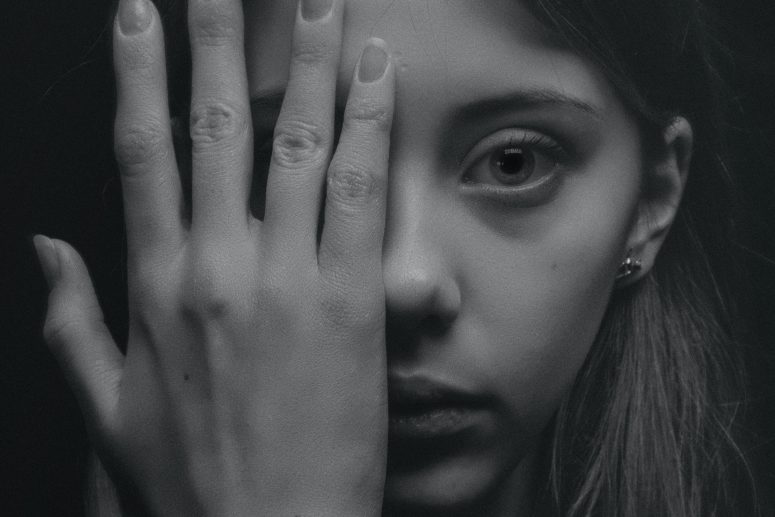Throughout the history of mankind, we humans were focusing on survival. Mankind was preoccupied with finding food and shelter and taking care of his safety and of those close to him. That is when humans started focusing on what is important to them, so it seems like they had to develop successful programs that help them on their quest for survival. These programs are our emotions.
Emotions help us to react automatically and very quickly when we perceive certain things in our environment: if we saw a tiger, we would feel scared and run away. If we see someone threatening our child, we become angry and defend our child. If we catch a large fish, we become proud and show it to everyone else. If we breach a law, we felt guilty. Our emotions haven’t changed since then; our environment has.
Emotions consist of 4 components that work in a framework:
1. Thoughts
Our thoughts are based on our emotions. Memories, which are closely connected to emotions, will be activated automatically. The stronger the emotion, the stronger the memories become and the closer and more rigid grows our thinking.
2. Physical reactions
The stronger the emotion, the more intense the reaction of our entire body is. For example, palpitations, breathing, sweating, stomach ache, and a tense neck and shoulders.
These include our body posture: we adopt a posture that reflects our emotions, for instance, in anger: standing upright, fists clenched, chin raised up.
3. Perception
Emotions control our attention focus. The things we perceive are interpreted in the “light” of our emotions. If we are afraid, we recognise the threat in the eyes of an innocent passerby. When we are ashamed, we find contempt in the eyes of others.
4. Action urge
All emotions are linked to an action impulse or urge. In case of fear, we want to leave the situation, escape or seek help and support. In case of anger, we want to attack, defend ourselves or take revenge. We plan or display reactions that reflect our emotions. But we are free to give in to our present emotions or to consciously do the opposite.
Each component of these has an effect on the intensity of the emotion, which means that increasing any one of these four can increase the emotional response, and decreasing any component of them can decrease the emotional response.
In certain situations, we need to calm down and regulate our emotional intensity which we can do by regulating our breathing, changing our body posture, and changing our perception and our thoughts.
If you think that you can benefit from professional support on this issue you can reach out here.
Ahmed Elsaadani is a psychosexual and relationship therapist offering psychotherapy to indviduals and couples who face problems their sexual life due to psychological impact or relational problems. He is in training with London diploma for psychosexual and relationship therapy.

